Online disinformation and misinformation must force reporters to ‘prove’ the truth, says veteran news editor
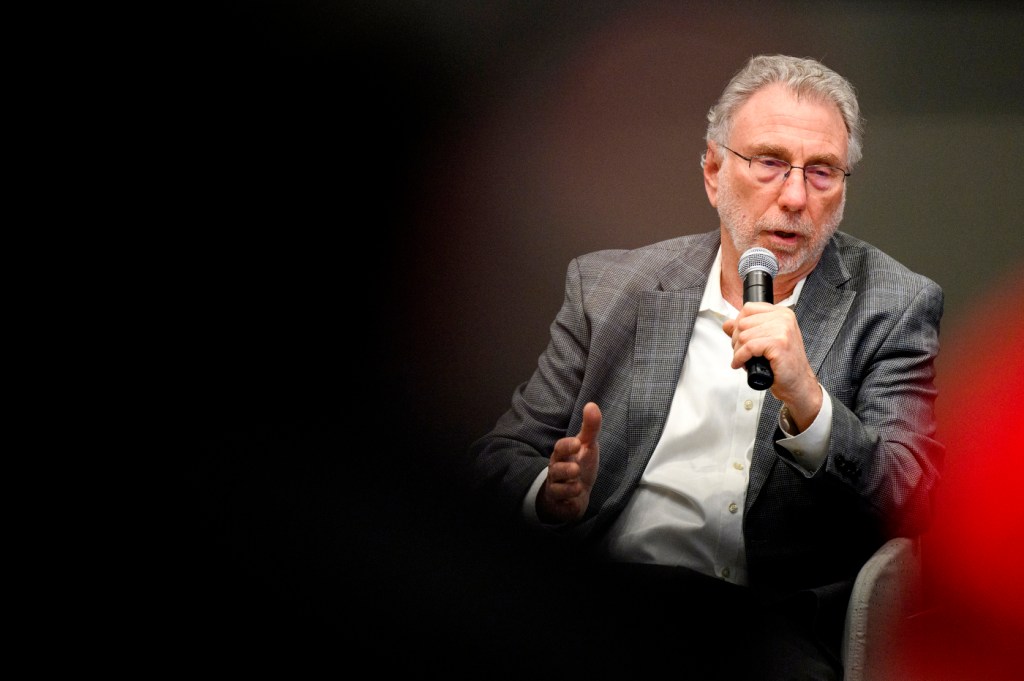
With the rise of disinformation and misinformation online and the proliferation of AI generation tools being used to mislead the public, Marty Baron, former executive editor of The Washington Post, stresses the importance of journalists being transparent and thorough in their reporting.
“The probability is that a huge segment of the American public will not be able to distinguish between what’s true and what’s not true,” he said Wednesday night at the EXP research center in a Q&A with Northeastern journalism professor and his former Boston Globe colleague Matthew Carroll.
“We need to construct stories in the way as if we were a lawyer in court standing in front of the jury, with the assumption that people aren’t going to believe a word we say, unless we prove it. We can’t just tell people,” he said. “We have to show people. Whenever we have the opportunity to show the evidence that we are talking about, let us show it.”
That was one of the many insights shared during the wide-ranging conversation, in which Baron drew from his decades-long career as a newspaper editor, and provided his thoughts about the future of journalism.
Before joining The Post in 2012, Baron had served as the executive editor for The Boston Globe and helped lead the paper’s Pultizer Prize-winning coverage of the sexual abuse scandal in the Catholic Church’s Boston archdiocese. Before that, he had served as executive editor of the Miami Herald, the associate manager editor of The New York Times, and the assistant manager editor of the Los Angeles Times.
Baron highlighted that when The Boston Globe published its investigation into the Roman Catholic Church, it was one of the first stories on the newspaper’s site that hyperlinked to original documents.
“We had links. That was a new idea,” he said.
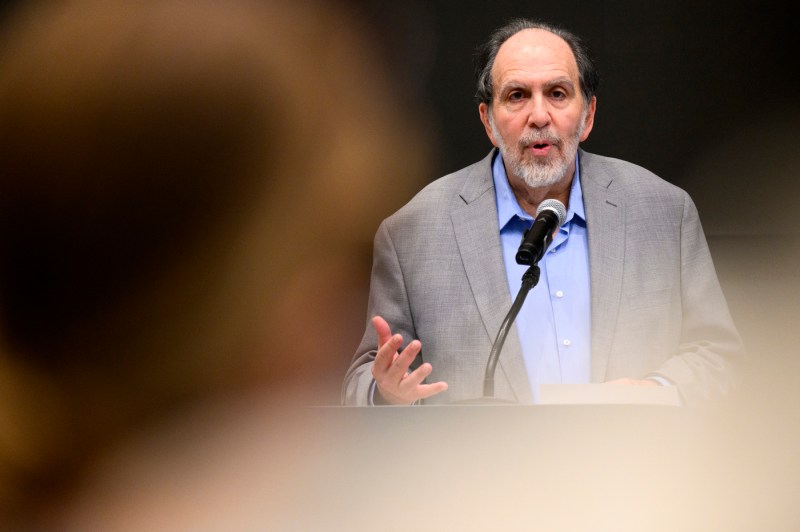

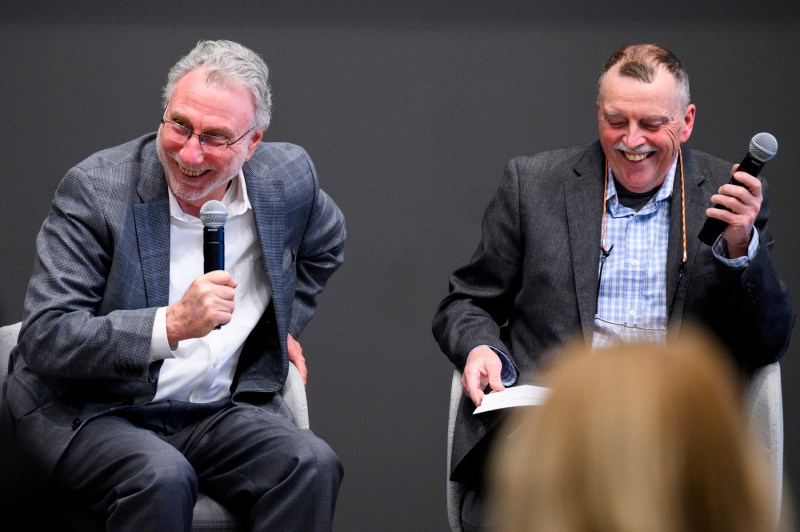

Digital tools can enhance journalism
Baron is quick to note that he is an old-school journalist. He retired from the business in 2021 when he left The Washington Post. So in his mind, it’s up to the next generation to figure out ways to produce impactful journalism on digital platforms like TikTok and Instagram.
That being said, he highlighted that these platforms can be used to elevate multimedia journalism that relies on visuals or audio components, along with written text.
“We’re going to construct stories differently. They won’t just be all text. They’ll be some combination of all the tools that we have,” he said. “If an interactive graphic is the best way to make a point in the story, we’ll use that. If a video is the best way to make a point here, we’ll find a way to connect those too.”
Featured Posts
The way we tell those stories has also become different. A 10-second TikTok could be used to quickly summarize a story a reporter has written. If viewers are interested in learning more, those outlets can encourage them to check out the full story on their sites.
“Try to invite people and break the story apart,” Baron said. “See if that works.”
The state of the journalism industry
It’s no secret that the journalism industry has been in a financial crisis for decades. We are just two months into 2024 and we’ve already seen cuts in some major outlets.
Here are a few: Sports Illustrated cut most of its staff, the Los Angeles Times laid off 115 staffers, and the music review site Pitchfork was folded into GQ magazine.
And that’s on a national level.
Local journalism is also facing a crisis. In 2023, an average of 2.5 local newspapers closed every week, the Associated Press has reported. And since 2005, more than one-third of American newspapers around the country have been lost.
Baron said the journalism industry, particularly local journalism, is certainly “suffering” at the moment but he would deny that it’s dying.
He pointed to the rise of nonprofit newsrooms and other new outlets relying on new business models.
“Nonprofits are beginning to spring up. We can’t be certain if those models are going to work or not work, but there is some promise out there,” said Baron, who recently released the book, “Collision of Power: Trump, Bezos, and The Washington Post.”
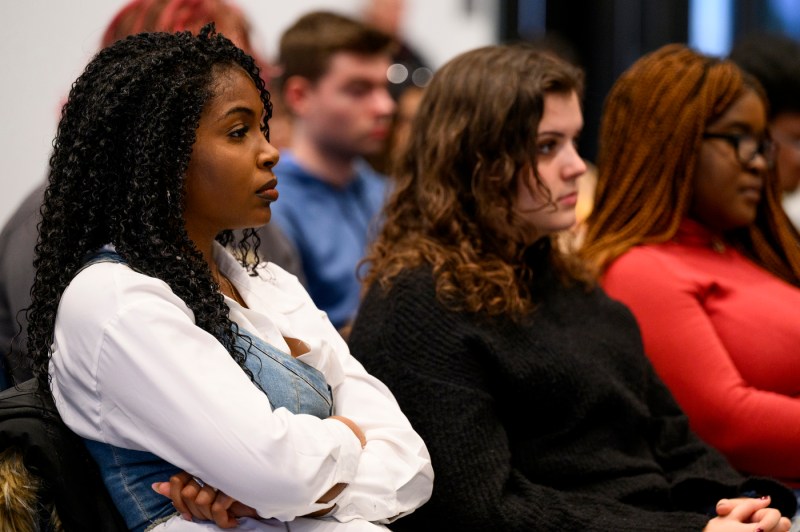
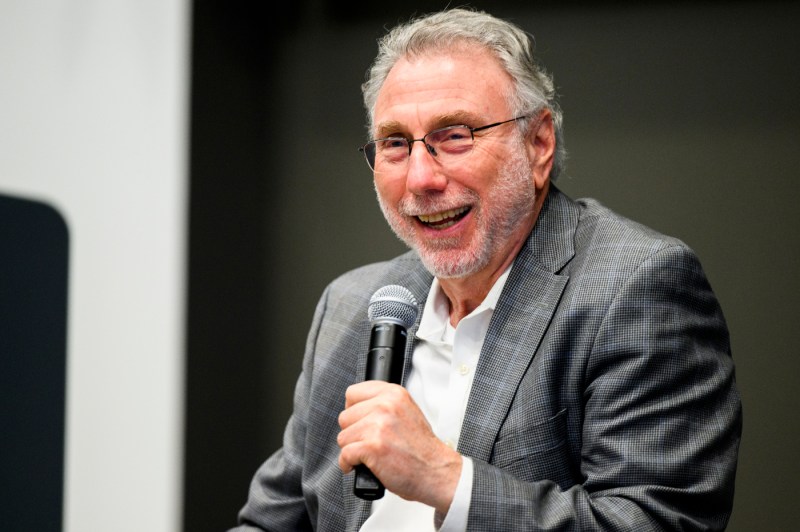
He highlighted that the MacArthur Foundation and the Knights Foundation have pledged to invest $500 million to support the growth of local news.
Nationally, he pointed to the rise of news outlets that cover certain beats. He highlighted Chalkboard News, which covers education, and STAT News, which covers health and science, as examples.
Baron is also quick to highlight that tides can turn quickly, even when things seem dire.
“A lot of media critics think that past performance is always a guarantee of future results for the worse, and it’s just not true. The New York Times in 2009 was talking about going bankrupt. It needed a lifeline from a Mexican billionaire, Carlos Slim. And people said that Buzzfeed News and Huffington Post would prevail. Well Buzzfeed News doesn’t exist anymore and the Huffington Post is a shadow of its former self. The New York Times turned itself around, has 2,000 people in its newsroom, is highly profitable and it continues.”
Baron highlighted the importance of staying positive.
“I’m opposed to defeatism,” he said. “I think we always have to remain optimistic, no matter how difficult that may be because I’ve never met anybody who succeeded by thinking they are going to fail.”











